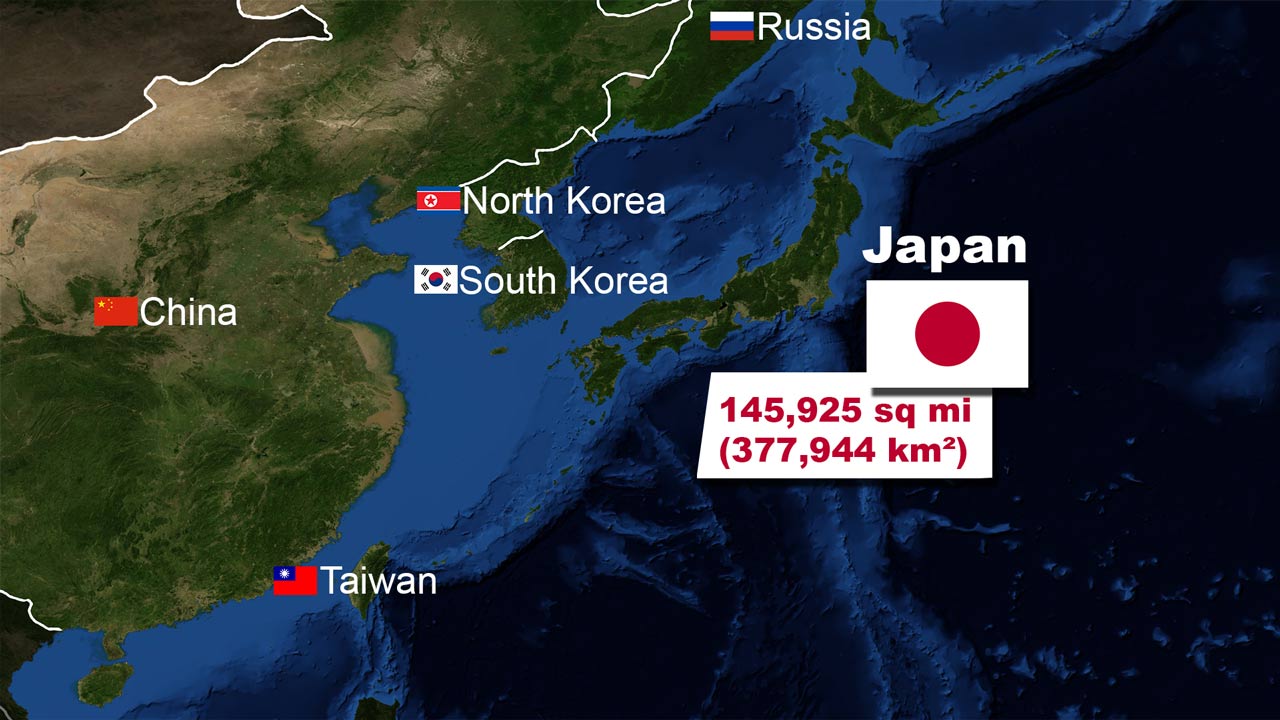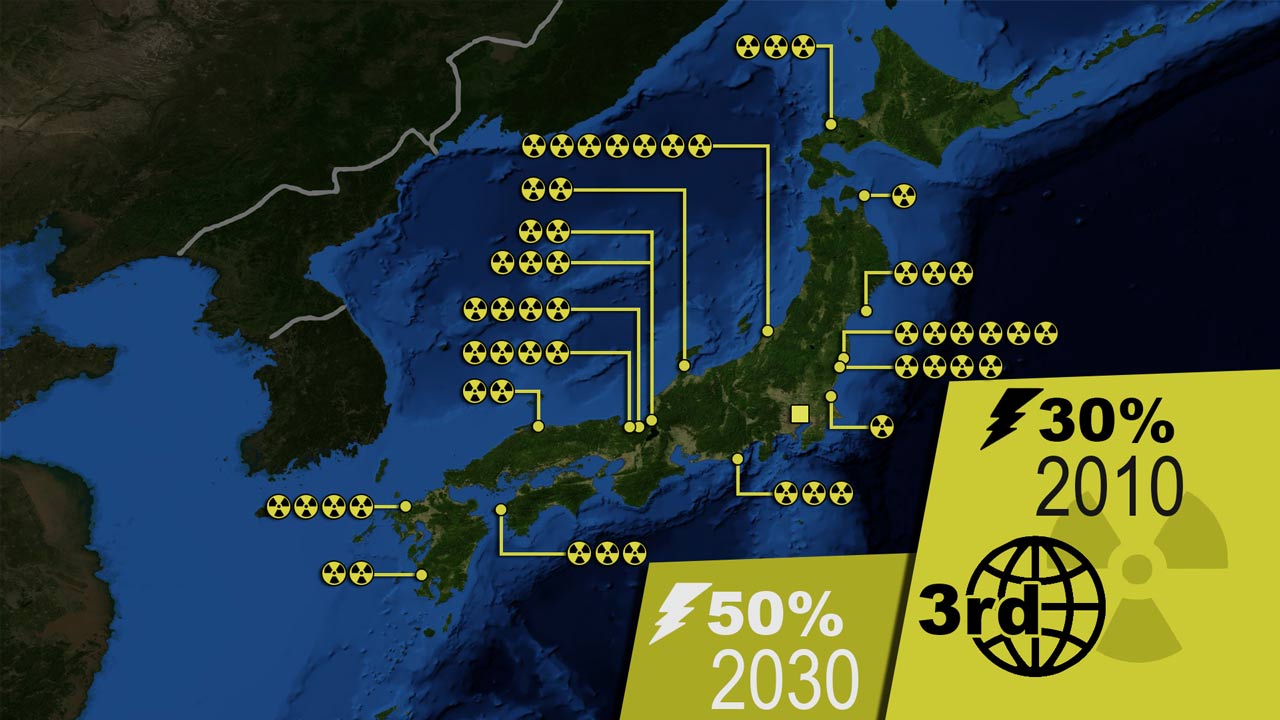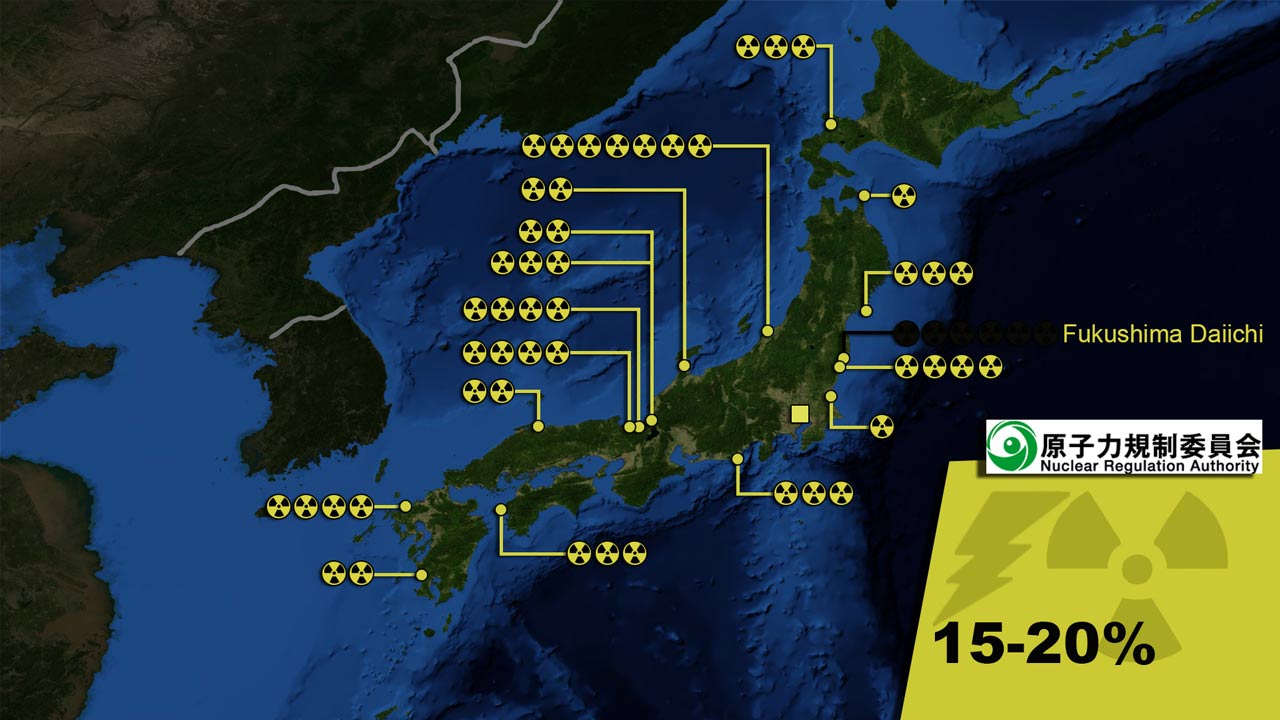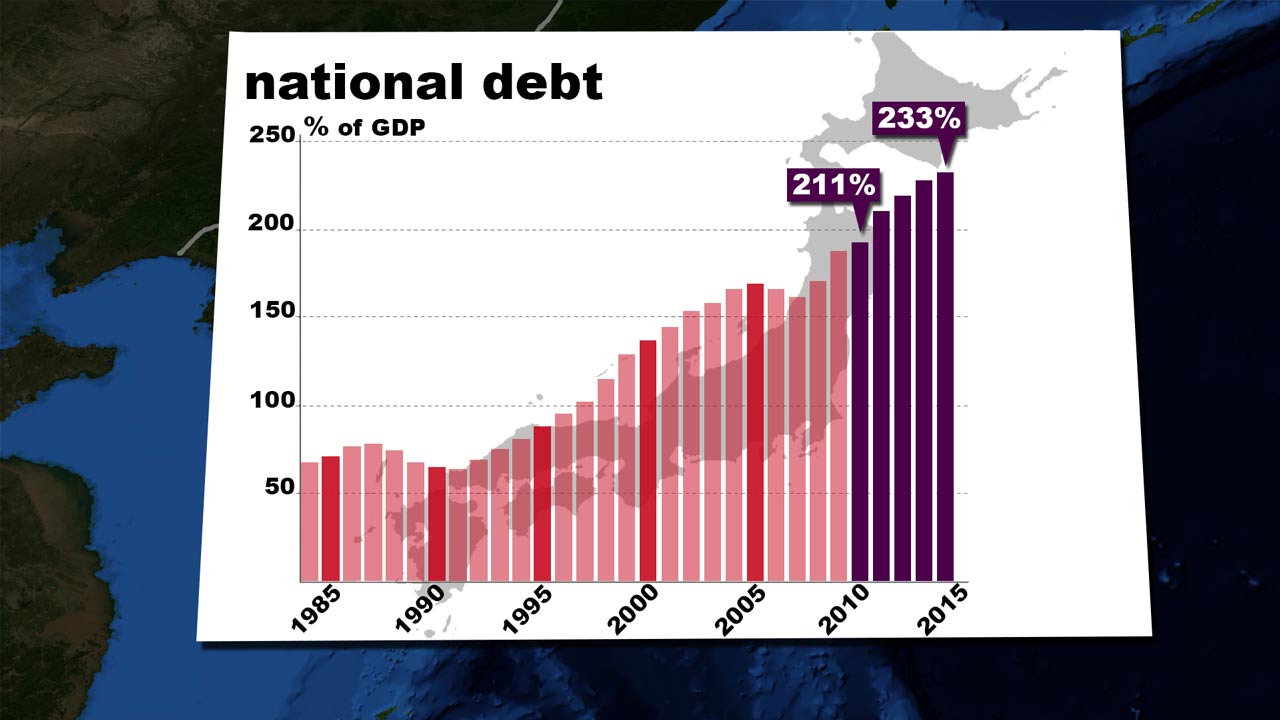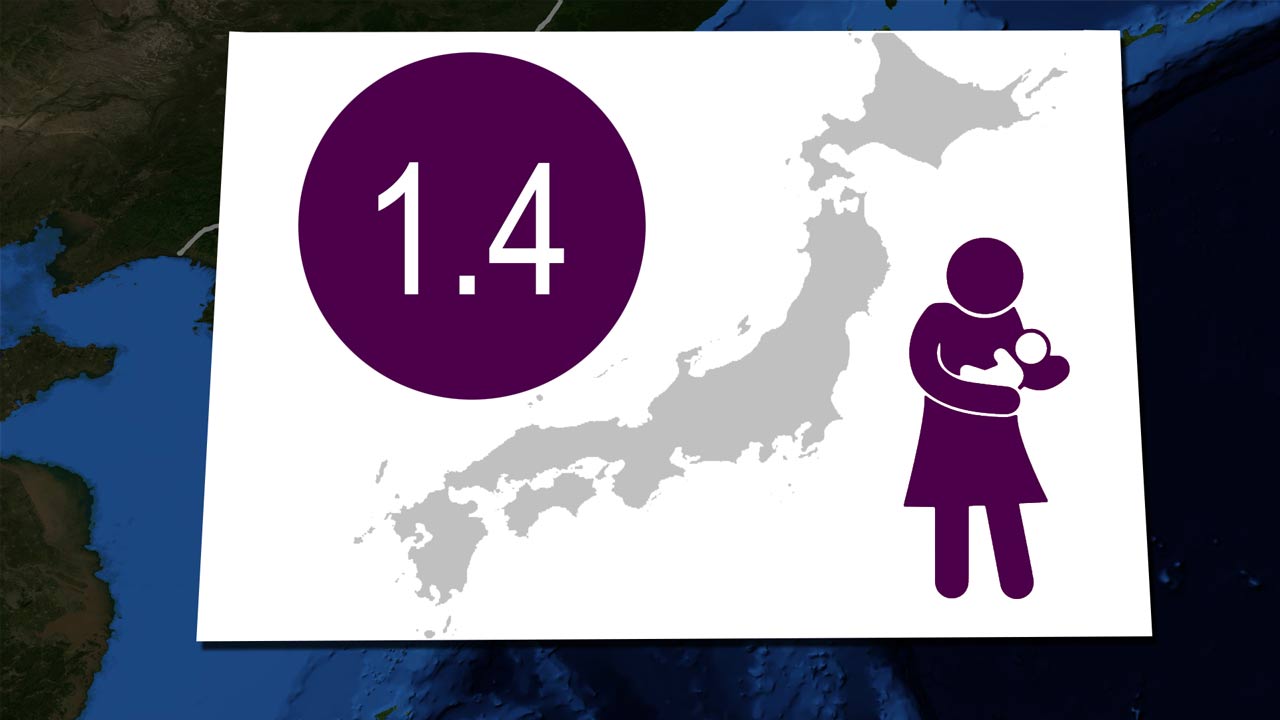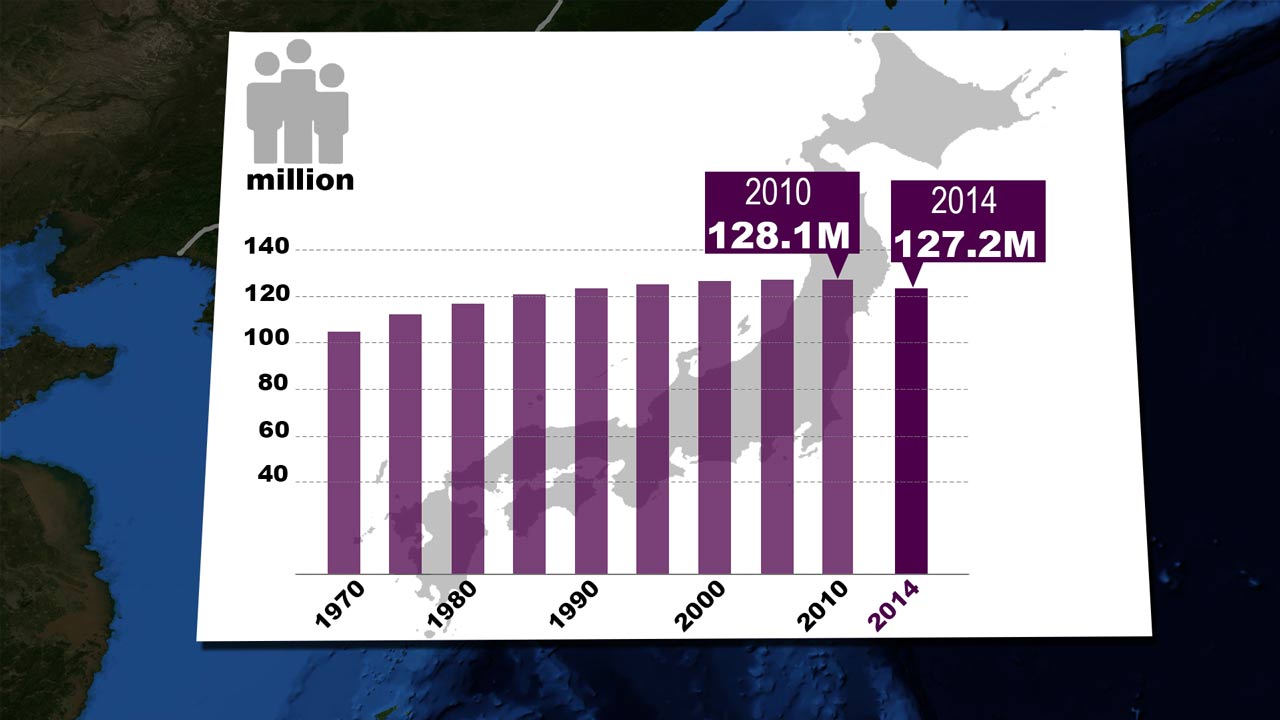Japan faces multiple, existence-threatening challenges: a high national debt, a menacing decline and aging of the population and the aftermaths of the Fukushima nuclear disaster.
Japan
Japan is an island nation in Northeast Asia. Because of Japan’s position it is often called the “Land of the Rising Sun”. The sun’s symbol is also part of Japan’s flag. It’s area is 145,925 sq mi (377,944 km2).
Japan’s nearest neighboring countries are Russia, North- and South Korea, China and Taiwan.
Japan’s energy policy
Let’s have a closer look at Japan. Japan’s energy supply is complicated, especially after the nuclear disaster of Fukushima. Before the nuclear disaster was Japan the third biggest producer of nuclear power worldwide, after the United States and France. At that time came 30% of Japans electricity generation from nuclear power plants. Actually it was planned to increase that amount to 50% until 2030.
But after the tsunami catastrophe at 11 March 2011, where all 54 nuclear reactors shut down. The Japanese government decided to decrease the dependence on nuclear energy and to promote renewable energy.
But the Japanese government decided within a new energy programme, to start up every nuclear power plant again, if they are declared as safe by the new Japanese Nuclear Regulation Authority (NRA). This could be up to 48 reactor blocks. Therefore is the nuclear phase-out cancelled. But instead of 50% should only 15-20% be part of the Japanese energy supply until 2030.
To finance the rebuilding and clearance of Fukushima was the Japanese government forced to increase the national budget between 2011 and 2012 for four times. Altogether ¥20500 billion only for rebuilding activities, that’s $250 billion.
Japan’s national debt increases
Because of this and other things continues Japans national debt to increase. This table shows Japans national debt since 1984. It was 211% of the gross domestic product (GDP) in 2011 and in 2014 already 233%.
According to GDP has Japan the world’s third largest national economy after the United States and China. But Japan is also the nation with the highest government debt worldwide. The creditors are almost completely Japanese, within them holds Japan’s central bank, the “Bank of Japan”, more than 50% of the national debt. Because of this are the interest rates very low.
Aging of Japan
And the population grows old. The percentage of people older than 65 years is 20% today and should increase to 40% until 2060.
More old people result in less manpower of course, which in turn affects the economy. And Japan has almost no immigrants through its current immigration policy.
